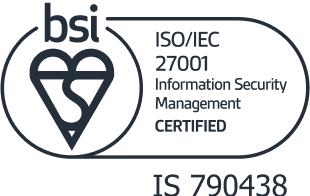Firstly, let's cover the boring technical bit - what is iBeacon? iBeacon technology, originally developed by Apple, allows mobile apps, (both iOS and Android) to emit and/or listen for small Bluetooth, (BLE), signals and use these to get an understanding of it's physical position on a micro-local scale. That covers Apple's description as to what iBeacon technology is, and unless you have a developer's background, likely makes no sense at all; so we'll and try and explain it further with an example and show you why it could be useful for your app.
Let's say we have developed a mobile app that is using iBeacon technology to both emit, and listen for, BLE signals. When 2 or more people with the app installed on their phones come in to close proximity of each other, (e.g. within 10 metres), their app will detect that there is another user of the app nearby. iBeacon technology allows these apps to measure the distance between each other to within centimetres, so in a group of users it's possible to detect not only how many are in the area, but which is closest to you. For a real-world example, think of how Snapchat allows users to connect with others that are close to them.
Another use case for iBeacon technology is through purpose built sensors/beacons, (see Estimote as an example), that can be placed in a location and set to emit a signal in the same way as above. Using this approach, we can develop our mobile app to listen for these signals and then react accordingly depending on the sensor it is closest to. An example of how this might work in the real world, could be having a number of these beacons placed around a shop in different sections or departments, and then having a mobile app that is able to detect what department the user is in. This can be used to give a much more personalised user experience, giving them information such as latest offers or details of new products, but only for the section or department they are currently in.
As mentioned at the outset, iBeacon technology offers location-based features on a micro-local scale, and hopefully that now makes a bit more sense with the examples outlined above. While simple geolocation can be used to find out if a user is in the general area of a building, iBeacon allows us to not only work out if the user is in the building, but in which room.
Find out how Sugar Rush implemented iBeacon technology for Angling Direct to present personalised store specific offers when their customers were in proximity of a physical Angling Direct shop.







